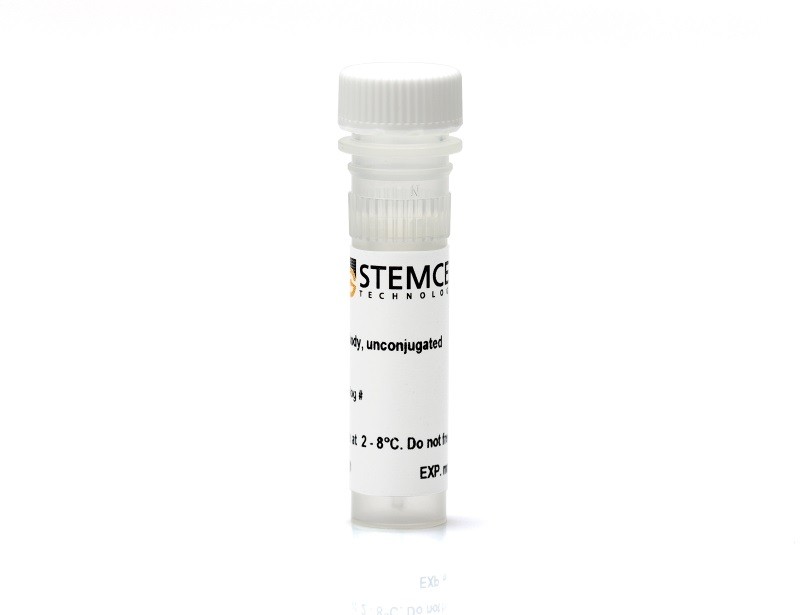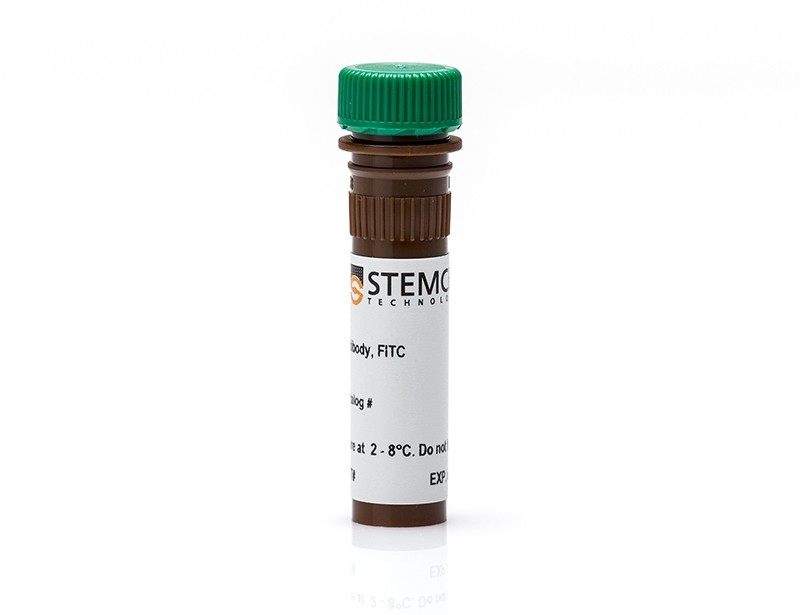

Overview
The NKI-M9 antibody reacts with CD51 (vitronectin receptor α chain, or integrin αV), a type I transmembrane glycoprotein containing two subunits (125 kDa and 24 kDa) which are generated by post-translational cleavage and are linked by a disulfide bond. CD51 associates non-covalently with integrin β1 (CD29), β3 (CD61), β5, β6, or β8 to form heterodimeric cell adhesion receptors for extracellular matrix components such as fibrinogen, collagen, fibronectin, laminin, osteopontin, thrombospondin, vitronectin, and von Willebrand factor. For example, association of CD51 and CD61 forms the integrin αv/β3 receptor primarily involved in binding vitronectin. In addition to mediating adhesion and cytoskeletal organization, CD51-containing integrins have roles in signal transduction and thereby modulate processes such as cell proliferation, differentiation, and migration. Both ligand binding and ligand-induced receptor clustering are necessary for initiating integrin-mediated responses. CD51 is expressed broadly on many types of cells, including endothelial cells, fibroblasts, monocytes, macrophages, platelets (at relatively low levels), and osteoclasts. It is also found on hepatoma, melanoma, and neuroblastoma cells.
Subtype: Primary Antibodies
Target Antigen: CD51 (Integrin αV)
Alternative Names: αV integrin, integrin αV, vitronectin receptor α chain
Reactive Species: Human
Conjugation: Biotin; FITC; PE; Unconjugated
Host Species: Mouse
Cell Type: Mesenchymal Stem and Progenitor Cells
Application: ELISA; Flow Cytometry; Functional Assay; Immunoprecipitation
Area of Interest: Stem Cell Biology
Clone: NKI-M9
Gene ID: 3685
Isotype: IgG2a, kappa







